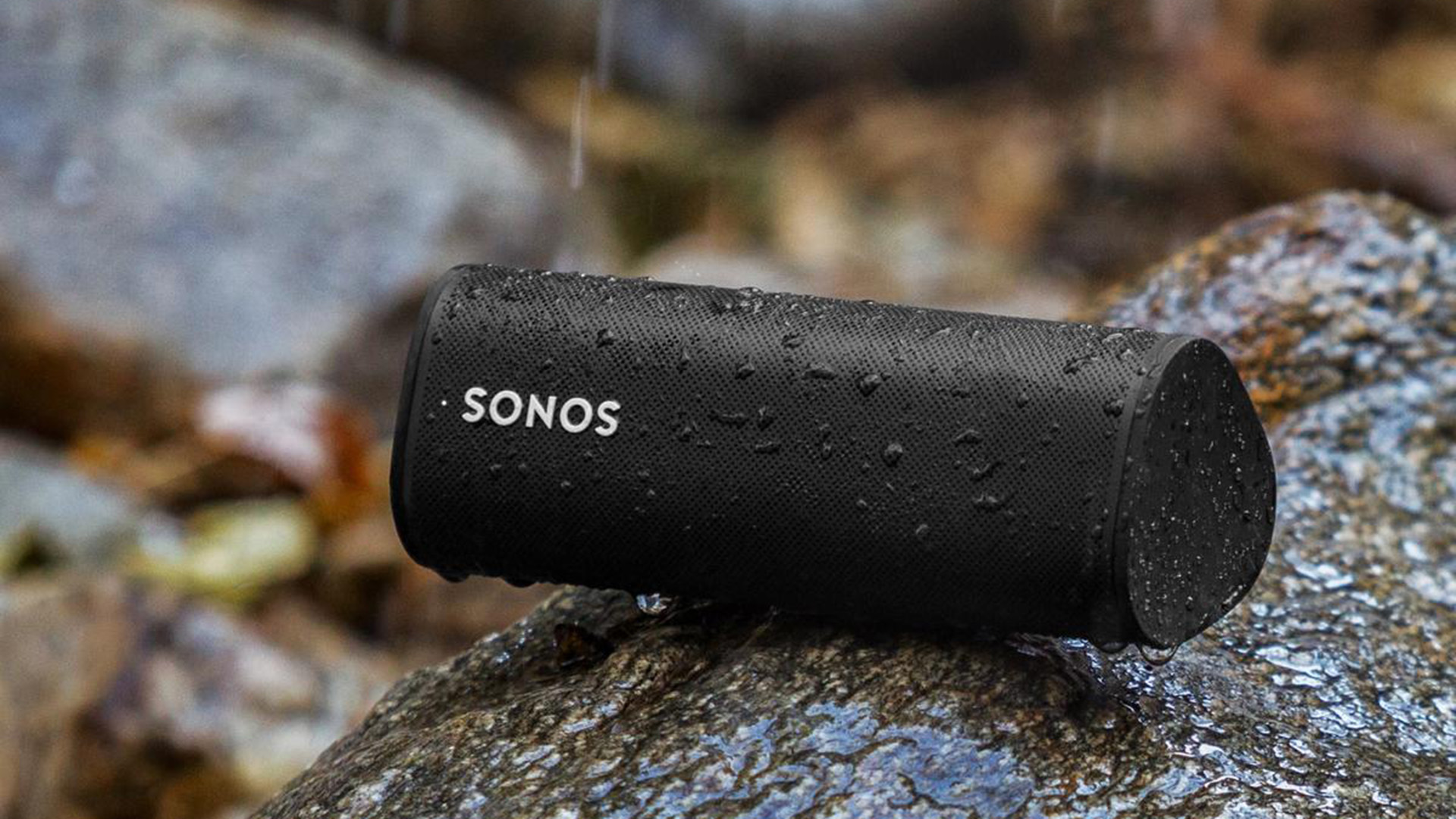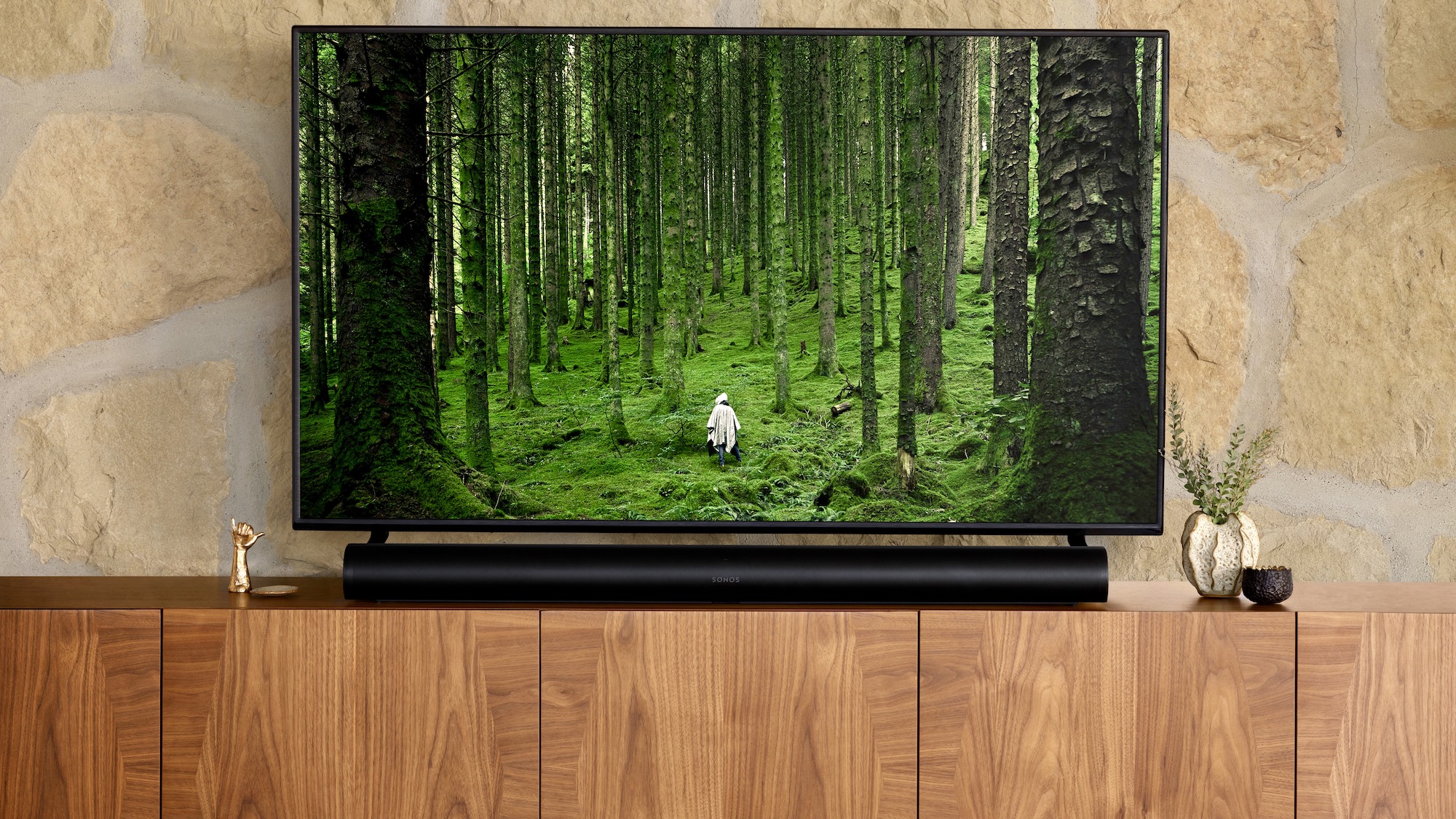Sonos’s new voice control schools Siri and Alexa
Hey, Sonos! Give me voice control that won't make me worried about my privacy!


Sonos makes some of the best wireless speakers around, and its new Sonos Voice Control feature – which is available on all voice-enabled Sonos speakers – makes them even better.
With Sonos Voice Control you can use your voice to request music from Sonos Radio, Apple Music, Amazon Music, Deezer and Pandora (but not Spotify), you can tell it which speakers or rooms to play the music on or in, and if you have a Sonos Arc or Sonos Beam you can also turn on the TV and adjust your home cinema settings. You can also use it to control your Sonos Roam if you're out and about and using it to provide the soundtrack.
But the big sell here isn't convenience, as convenient as voice control is. It's privacy.

What Sonos Voice Control does differently
Unlike many of the best smart speakers, Sonos doesn't send your voice to the cloud. It isn't recorded anywhere, stored anywhere, or transcribed anywhere. And the firm has published a very detailed guide to how the feature works and how your voice is analysed. It's also a really great primer on how smart speakers' voice features work in rival devices, something the paper explains to set the scene.
Sonos decided to create its own voice system after speaking to its customers. "One of the most natural ways our customers can connect to their content is through voice, yet many of Sonos’ voice-capable speakers aren’t being used for that purpose today," Sonos explains. "Indeed, we hear from our customers that privacy concerns and disappointment with the global experience mean that they are not activating voice on compatible Sonos products."
Part of the issue is technical – voice recognition in large spaces is hard; I've grown to find Siri's delays between command and response quite irritating, along with its difficulty in hearing me because of my accent – but the main worry is privacy. So Sonos decided to come up with something simpler but just as effective. By limiting the feature to a very specific set of commands – audio control – Sonos could make something much more lightweight without the need for any heavy lifting on faraway servers.
The downside is that you lose the other stuff that personal digital assistants do, such as telling you the time, setting calendar events or telling you what the capital of Guatemala is. But early reviews say it's really quick, it's generally pretty good at recognising artist names and its data requirements are lightweight enough for Bluetooth-only connections.
Get all the latest news, reviews, deals and buying guides on gorgeous tech, home and active products from the T3 experts
Oh, and I've left the best to last. The voice is Giancarlo Esposito. I'm sold already.
Writer, musician and broadcaster Carrie Marshall has been covering technology since 1998 and is particularly interested in how tech can help us live our best lives. Her CV is a who’s who of magazines, newspapers, websites and radio programmes ranging from T3, Techradar and MacFormat to the BBC, Sunday Post and People’s Friend. Carrie has written more than a dozen books, ghost-wrote two more and co-wrote seven more books and a Radio 2 documentary series; her memoir, Carrie Kills A Man, was shortlisted for the British Book Awards. When she’s not scribbling, Carrie is the singer in Glaswegian rock band Unquiet Mind (unquietmindmusic).
